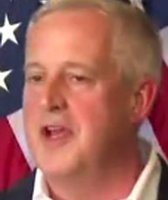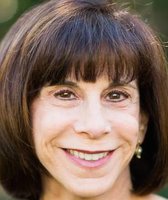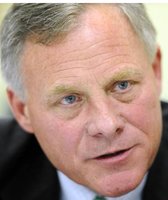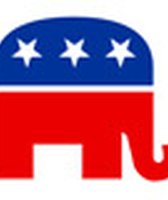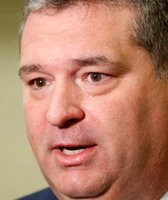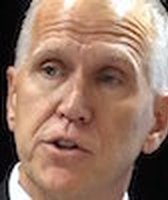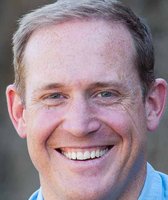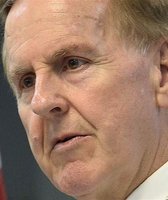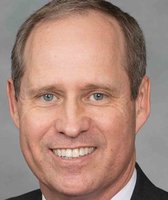Stand up for the facts!
Our only agenda is to publish the truth so you can be an informed participant in democracy.
We need your help.
I would like to contribute
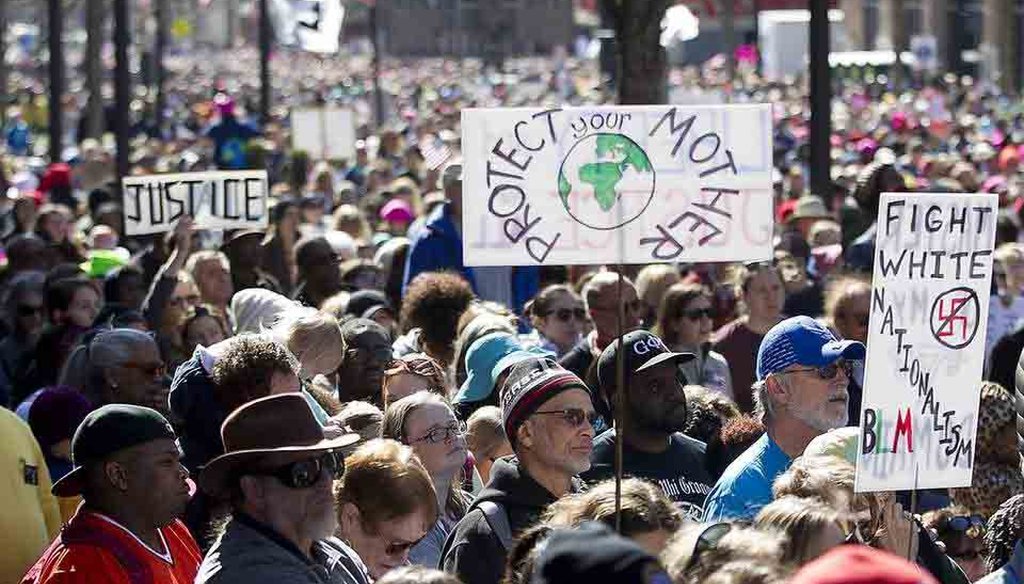
A shot of the crowd on Fayetteville Street during the HKonJ march in Raleigh, Feb. 11, 2017. News & Observer photo.
Supporters of Saturday’s protest march in downtown Raleigh, the 11th annual Historic Thousands on Jones Street (or HKonJ, as it’s more often called) said 80,000 people attended.
The N.C. NAACP and other organizers announced the massive crowd size, then it began circulating on social media. Eventually the number was picked up and repeated by several national news outlets covering the event.
The march was held to oppose President Donald Trump and to voice support for a laundry list of causes, ranging from supporting Planned Parenthood and the Affordable Care Act to opposing gerrymandering.
But many questioned whether the crowd was really as big as organizers and attendees claimed, and some asked us to look into it.
Crowd size estimates are a handy way of gauging people’s interest – or lack thereof – in the big topics of the day. Whether it’s sports fans rushing to the streets after a win (or a loss) in a big game, or a politician’s inauguration, or political protests and marches, the number of people who come out says a lot about the event’s importance and resonance.
So understandably, crowd estimates often inspire emotional reactions from both sides – especially in highly politicized contexts like this weekend’s HKonJ.
Trump’s supporters, for instance, spent the days after his Jan. 20 inauguration claiming it was the biggest inauguration crowd ever. That wasn’t even close to correct, earning a "Pants On Fire" ruling.
Visual evidence
It’s impossible to count the exact size of any large crowd. People are constantly moving, and even aerial shots can’t get a total crowd view – especially not somewhere like downtown Raleigh, where buildings block the view.
But estimates can provide ballpark numbers. Herbert Jacobs, a journalism professor at UC-Berkeley decades ago, came up with a method that’s still used today. It gives several levels of density: When people can comfortably stretch out their arms all the way out, that’s about 10 square feet per person. Standing nearly shoulder-to-shoulder, each person has about five square feet. In a mosh pit each person has two or three square feet.
So how did the crowds at HKonJ look? Photos show some areas where the crowd was closer to 10 square feet per person, and some where it was much more tightly packed, at maybe five square feet per person.
Close to the stage where N.C. NAACP president and HKonJ leader Rev. William Barber and others delivered their fiery speeches, attendees tweeted photos and videos showing a scene of wall-to-wall protesters.
But further down the road, other photos showed the crowd thinned out as people – unable to hear the speeches from blocks away – clustered around large screens showing the action.
With such stark differences in the crowd’s density from block to block, it’s impossible to estimate the crowd’s size with a simple equation. But a simple equation can show the maximum possible crowd size, so we fired up our calculator.
Math inspires doubt
The organizers said 80,000 people showed up. If they were all in a fairly packed five square feet per person, a crowd that size would need 400,000 square feet.
The crowd gathered on Fayetteville Street, which is 99 feet wide. So it would have to be 4,040 feet long (about 0.8 miles) to provide enough space for that many people.
Unfortunately, Fayetteville Street is only 0.5 miles long. So it would appear to be impossible for 80,000 people to fit onto Fayetteville Street.
Now, that doesn't account for everything but it definitely is a knock against the claim.
There are also sidewalks downtown, but they’re much narrower than the road. And photos from the march show the crowds on the sidewalks were sometimes far less dense than on the road – in part because the sidewalks are periodically blocked by trees, planters, tables and benches.
Maybe there were people on side streets, or the state capitol lawn, or other public areas around downtown. Maybe between the speeches and the march, tens of thousands of people left but were replaced by tens of thousands of newcomers.
For all those reasons, we did not issue this claim a Truth-O-Meter ruling. There’s too much that we can’t account for, so there’s simply no way of knowing – even though those other scenarios are unlikely.
Comparisons to other marches
Not having a crowd of 80,000 doesn’t mean the march was a failure. It was one of the largest protests ever in Raleigh, if not the biggest. A turnout that high would simply be shocking, which is probably why so many people requested we look into it.
By all accounts, the HKonJ march Saturday compared to two other memorable marches in downtown Raleigh – the 2014 HKonJ, and last month’s Women’s March that was held the day after Trump’s inauguration.
The 2014 march has been regarded as the largest-ever HKonJ crowd. But this year’s might have been slightly larger and was at least just as well attended.
According to an Associated Press report from this weekend, "the surface area that the crowd covered neared the march's previous peak from 2014."
So how big was it in 2014? That year the organizers also claimed an attendance of 80,000. This past weekend the group tweeted out that 2014 estimate, adding that this year's march was even bigger.
However, the News & Observer of Raleigh in 2014 showed photos of the march to two crowd-counting experts, both of whom said there were more likely 15,000 to 20,000 people there.
Similarly, the more recent Women’s March saw thousands of anti-Trump women (and their male supporters) travel to downtown Raleigh to protest. Estimates ranged from 10,000 to 30,000 people at that march, and local media mostly reported 17,000 people came.
Videos and photos from the Women’s March, which was also on Fayetteville Street, show it was similar to this year’s HKonJ – densely packed, but not so large that it stretches for half a mile.
So while this year’s HKonJ march was clearly big, it’s hard to imagine that it was four times as big as other massively attended protests, like this year’s Women’s March or the 2014 HKonJ.
Our Sources
Photos and video from the @ncnaacp Twitter page
Photos from News & Observer slideshow
The News & Observer, video, Feb. 11, 2017, "Diverse crowd marches in Raleigh to champion civil rights, healthcare and immigration at HKonJ People’s Assembly"
The News & Observer, video, Feb. 11, 2017, "Raw Video: Thousands gather at HKonJ march in Raleigh"
The Associated Press, "The Latest: Massive Raleigh crowd protests Trump, HB2"

